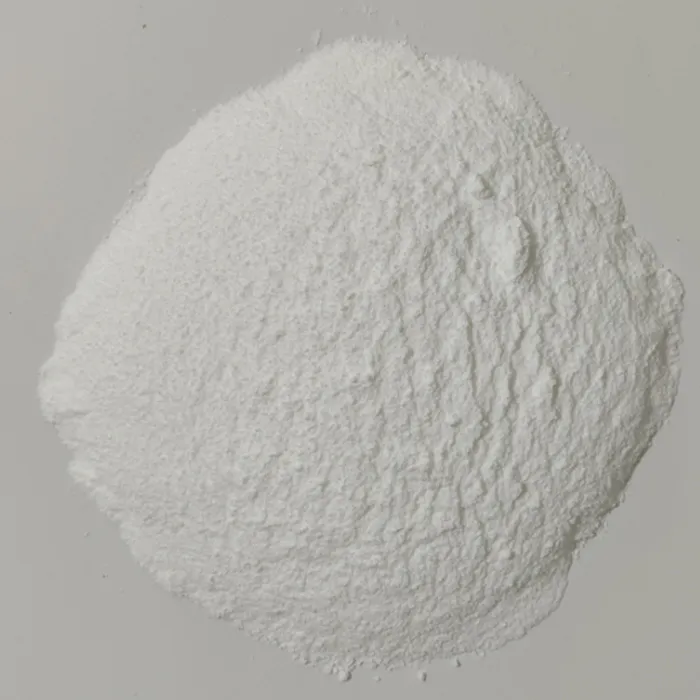Understanding Drug API Significance and Implications
In the pharmaceutical and biotechnology industries, the term API holds a crucial position. API stands for Active Pharmaceutical Ingredient, which is the part of any drug that is biologically active. An API is responsible for the therapeutic effects of a medication, making it essential for the formulation of effective drugs. Understanding the meaning and implications of drug APIs is vital for various stakeholders, including pharmaceutical companies, regulatory agencies, healthcare professionals, and patients.
The Role of APIs in Pharmaceuticals
APIs are the fundamental components that provide the intended medicinal effect. For instance, the API in a painkiller like ibuprofen is ibuprofen itself, which acts to reduce pain and inflammation. In general, a drug product usually comprises a single API and several excipients—substances that serve as fillers or carriers to assist in drug delivery but do not exert therapeutic effects themselves.
The development of an API involves a complex and multidisciplinary approach that includes medicinal chemistry, pharmacology, and toxicology. Researchers must identify compounds that possess both efficacy and safety in treating various health conditions. The process involves extensive preclinical and clinical tests to evaluate the pharmacokinetics (the study of how the drug is absorbed, distributed, metabolized, and excreted in the body) and pharmacodynamics (the study of the effects of the drug on the body).
Compliance and Regulation
Understanding Drug API Significance and Implications
Manufacturers must provide detailed documentation related to the sourcing of raw materials, production processes, quality control measures, and testing methods for APIs. This regulatory framework is crucial to protect public health and ensure that pharmaceutical products do not introduce unacceptable risks.
drug api meaning

The Global API Market
The global API market has grown substantially in recent years, driven by increasing healthcare demands and advances in drug development technologies. Countries such as India and China have emerged as major players in API production, primarily due to their lower manufacturing costs and skilled labor force. These countries supply APIs primarily to developed markets in North America and Europe.
However, this globalization raises concerns regarding the traceability and quality of APIs, particularly when sourced from different geographical regions. Issues such as contamination, adulteration, and substandard products can undermine drug efficacy and patient safety, emphasizing the need for stringent regulatory oversight.
Future Trends
As the pharmaceutical landscape evolves, several trends impact the API sector. The rise of personalized medicine, for instance, is transforming how APIs are developed and used. Customized therapies and targeted delivery systems are becoming more prevalent, resulting in a demand for specialized APIs that cater to individual patient profiles.
Moreover, advancements in biotechnology are leading to the development of biopharmaceuticals—drugs produced using living organisms. These complex molecules often require unique manufacturing processes and regulatory pathways, making the landscape of APIs more intricate and diversified.
Conclusion
In summary, the term API is more than a technical term in drug development; it embodies the essence of therapeutic efficacy in pharmaceuticals. Understanding its significance is pivotal for stakeholders across the healthcare spectrum. From regulatory compliance to market dynamics, the complexities surrounding APIs underscore their vital role in ensuring safe and effective medications for patients worldwide. As the pharmaceutical industry continues to innovate, the importance of APIs will only grow, necessitating continued vigilance and adaptation within regulatory frameworks to safeguard public health.

